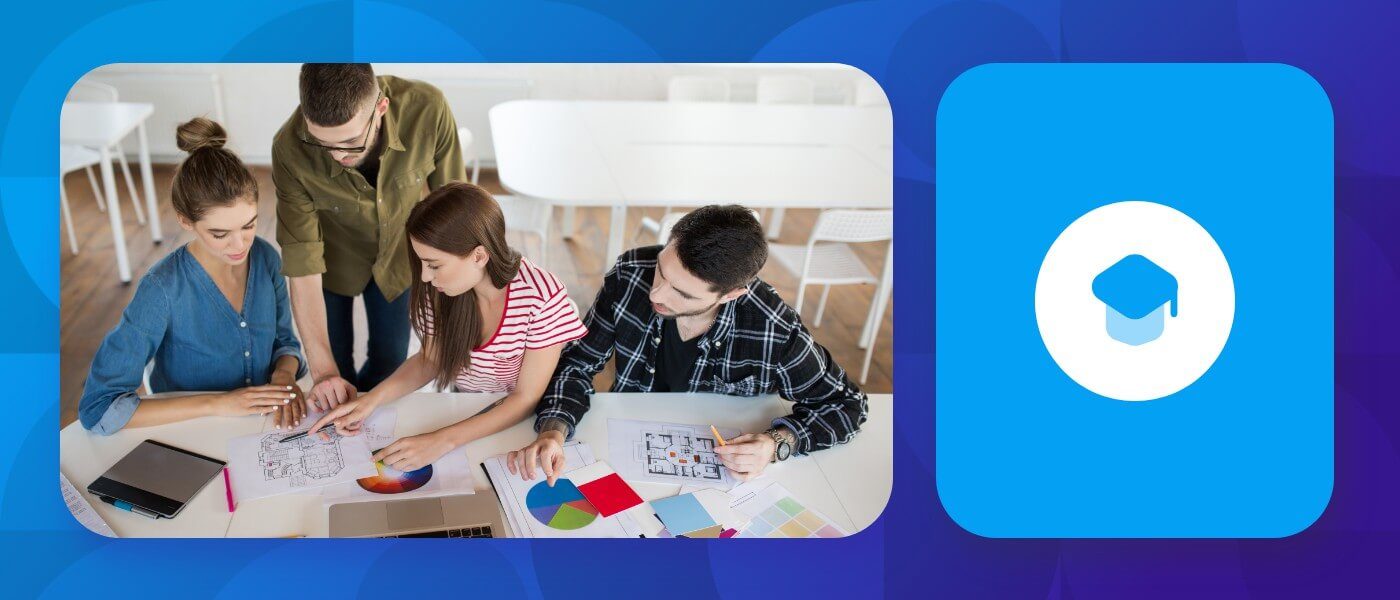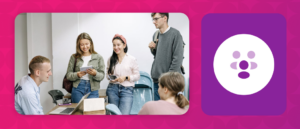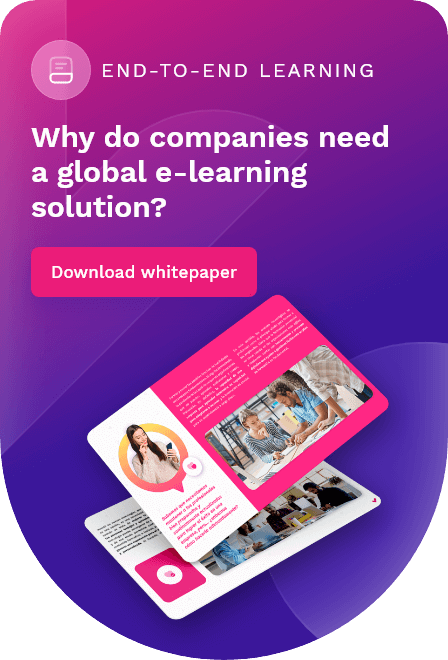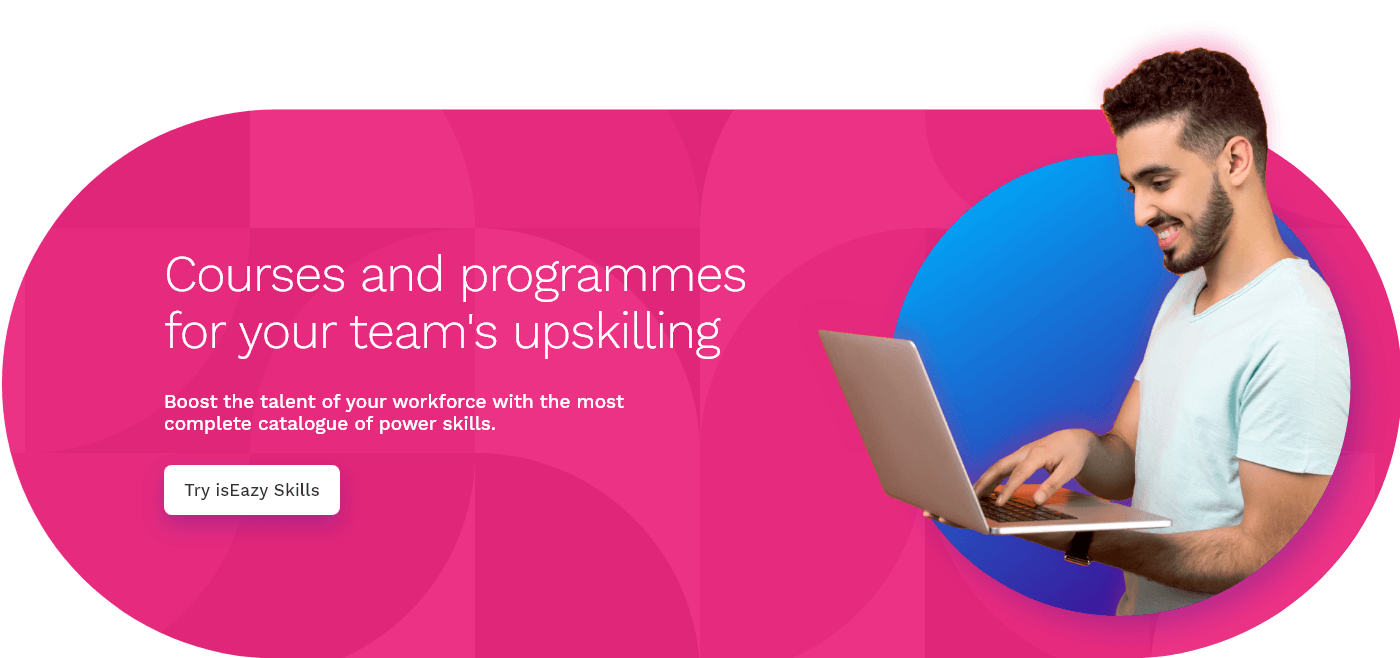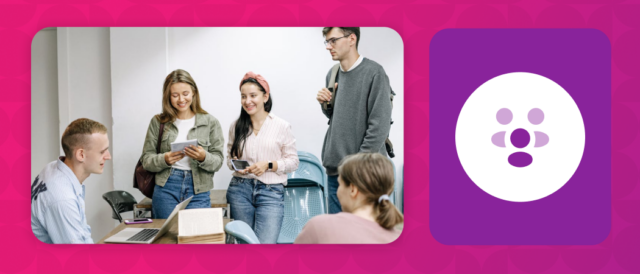Table of contents
ToggleSoft skills are non-technical skills that define how employees interact with others, establish relationships, and perform their daily activities.
For your workforce to reach its full potential and align with business objectives, it is essential to have optimal soft skills training that provides key resources for professional growth.
That is why we bring you this article on the latest trends in soft skills training for the modern learner. Find out what the new learners need, the latest trends, and what technologies you should use.
What is the profile of the new “modern learners” like?
To ensure your soft skills training results, you first need to learn and understand the needs and preferences of your “learners” or modern learners. According to a series of reports we will detail below, there are three essential pieces of information that might surprise you and help you give them the best training, which tells you about people’s habits, preferences, and new learning styles:
- Less free time available
The modern learner is busy, so it can be difficult to capture their attention. According to a study by Atlassian, an employee is interrupted 56 times a day. They spend 25% of their workday on emails and check their phone, on average, about 150 times.
- Their attention span is lower
Research conducted by Deloitte portrays the “modern learner” as an individual characterized as “impatient, easily distracted, thirsty for learning, but at the same time overwhelmed and often overworked.”
- Preference for visual content
The data is confirmed by the National Biological Information Center of the United States. More specifically, 65% of individuals learn better through visual media and prefer to do so rather than simply reading.
Studies point to the fact that the new workforce or modern learner does not have much time to focus on learning and prefers content consumption marked by new technologies. Points that you should know and apply to your training strategy.
#7 Trends in soft skills training
Effective soft skills training strategies for the modern learner use technology to facilitate learning, support the consumption of micro-content and adapt to the new times, evaluating organizations’ and employees’ future needs.
In addition, it is also important to consider current work scenarios, such as hybrid or remote work. Thus, trends in soft skills training respond to the needs of the new modern learner and a changing work environment:
1. Reskilling y Upskilling
Reskilling refers to an employee’s training for a new job within the company. That is, to learn new skills and competencies. This process is usually conducted when a vacancy needs to be filled internally. Organizations usually opt for reskilling when they have professionals who have already demonstrated their efficiency in another similar position.
Upskilling, on the other hand, is a training method where a professional acquires new skills and competencies to grow within their current role. It improves their productivity in their own position and facilitates internal promotion within the company. Through upskilling actions, employees improve their work performance and acquire strategic importance for the organization, which will be key to achieving business objectives.
It is important to include a reskilling and upskilling strategy that focuses on developing the soft skills that workers will need for new positions and the company’s future needs.
2. Focus on behavioral changes
In Human Resources, soft skills are often associated with competencies such as “teamwork, communication, resilience or commitment”. The difficulty with this type of concept is that it is complex to measure their impact.
The current HR soft skills training trend aims to reinforce behaviors rather than competencies. This implies establishing forms or styles of behavior that professionals should have when faced with a task. Determine which attitudes are desirable, parameterize them and teach them during training.
This makes it possible to establish key performance indicators (KPIs) to help determine whether training has been successful and whether the knowledge acquired can be transferred to the workplace.
3. Microlearning
Microlearning is a more engaging format, which is less time-consuming and faster to produce than a traditional e-learning course. It is surprisingly effective for soft skills development, thanks to its small learning units of short duration.
It offers short doses of content for learners to study at their convenience. Content can take many forms, but it should always be brief. According to a recent Gallup survey, 58% of employees are more motivated to use their company’s training tools when the content is presented in a microlearning format.
Today’s users are short on time and short on attention. That is why they prefer short videos (on average less than two minutes), and visual resources, practical, intuitive, and varied.
4. Podcasts
According to a report by The Podcast Host, in 2022 alone, 62 million people consumed information in this medium in the United States alone. It is important to take advantage of this growing consumption trend and apply it to creating e-learning content. The greatest benefit offered by this type of content is that it can be consumed while doing other activities because it does not require full visual attention.
In addition, with podcasts, the content and possibilities are endless. You can create podcasts on any topic, including business management, team building, project organization, resilience, or adapting to change.
5. Blended learning
Blended learning is a type of learning that combines distance and face-to-face learning to achieve a more dynamic and efficient experience. This model provides flexibility and makes it easier to watch videos and recorded lectures, study online reading material and even participate in online discussions with social features.
The greatest benefit of blended learning is its high engagement. According to a Blackboard K-12 report, students tend to be more engaged when studying under such a model. The report reflects that 59% of teachers surveyed said that students were more motivated to learn in a blended learning environment as opposed to a traditional one.
6. AI Personalization
This technology allows e-learning solutions to learn about user behavior to generate a better user experience. This can be seen as personalized content recommendations for courses and training content to reinforce an area, skill, or competency.
With personalized AI, instead of following predetermined paths, the learner has more control over the direction of their learning. The AI collects data to determine a learner’s knowledge of specific skills and creates a constantly evolving path for them to follow. isEazy Skills AI, for example, makes the platform responsive to the learner’s needs, intelligently adapting to the learner’s needs.
7. Gamification
Gamification in e-learning has become increasingly popular, as it offers a wide range of advantages for learners and can help make the overall e-learning experience more enjoyable and effective.
Gamification helps transform educational material into exciting and entertaining content. The rewards often used in games as reinforcement become a satisfying and highly motivating factor. In addition, it helps to focus on different tasks according to their priority, which is beneficial for improving concentration. Teachers and modern learners can monitor their performance in real time by providing immediate feedback.
Train your team in Soft Skills with the best e-learning technology
To give the best soft skills training for the modern learner, you need an innovative solution that adapts to their specific needs. isEazy Skills works with the latest digital learning technology and content consumption formulas to create a unique and effective learning experience. Thanks to its 100% practical method and multimedia and interactive resources, isEazy Skills helps generate habits that professionals can quickly transfer to their workplace.
Enjoy a complete catalog of soft skills courses on the market for the upskilling of your professionals. What are you waiting for? Try now isEazy Skills.
